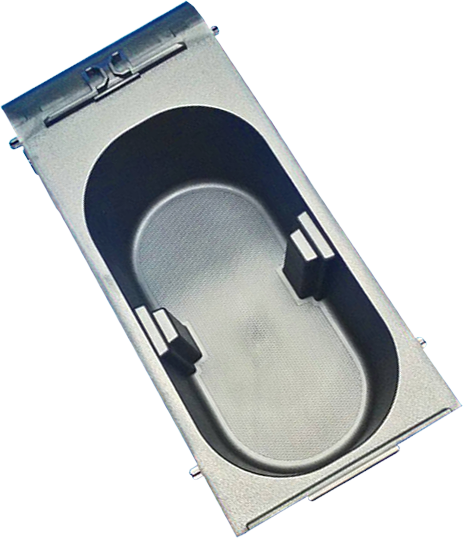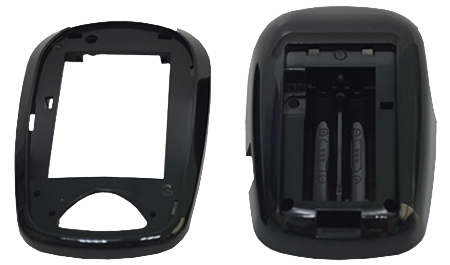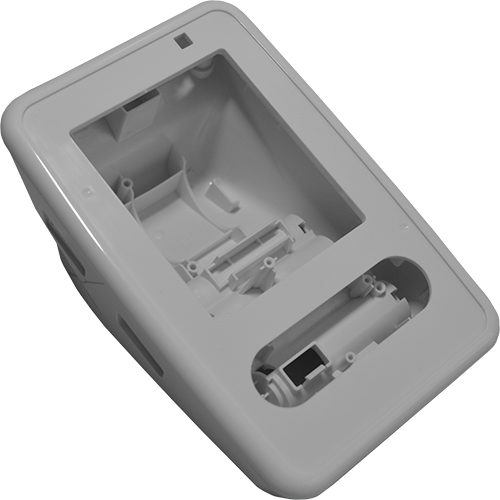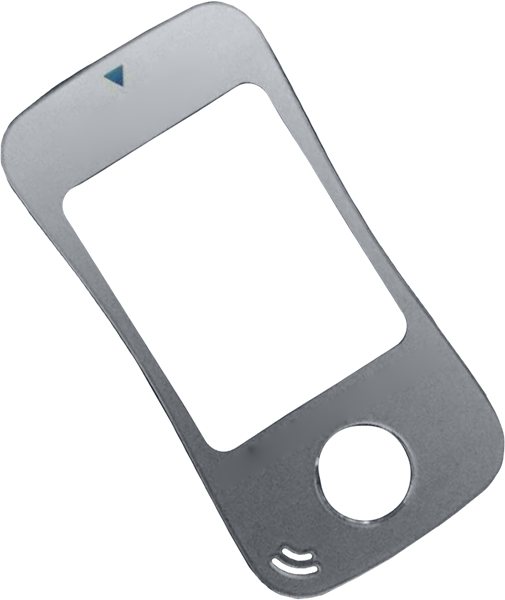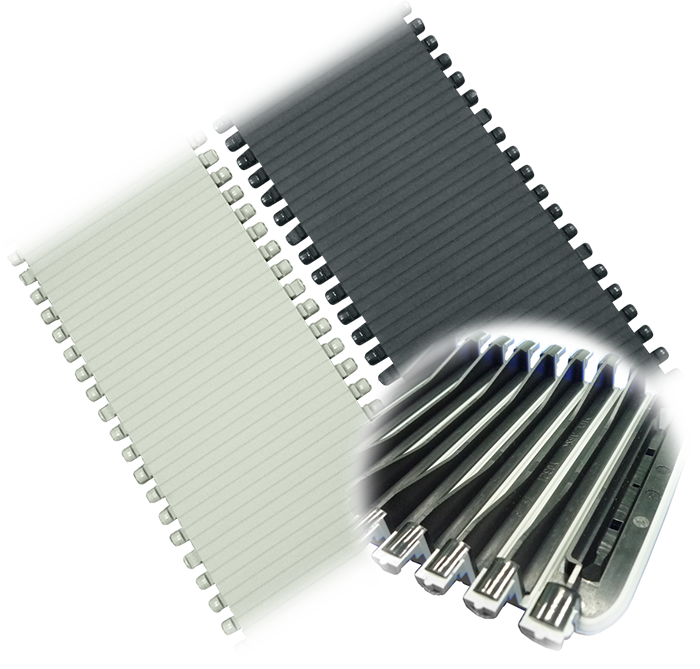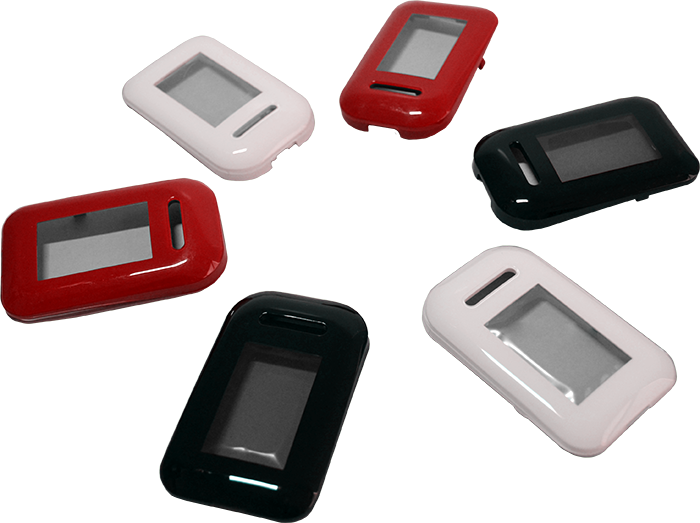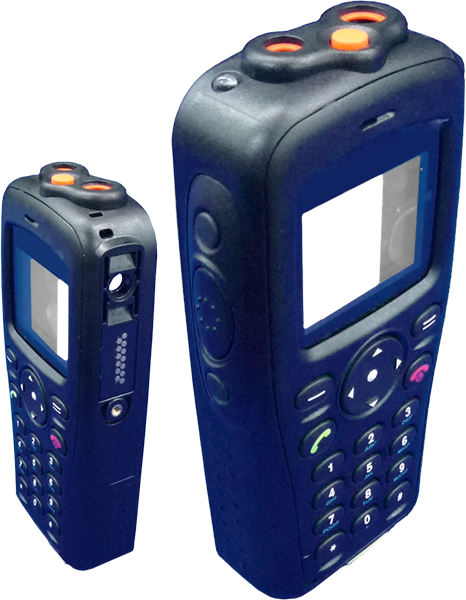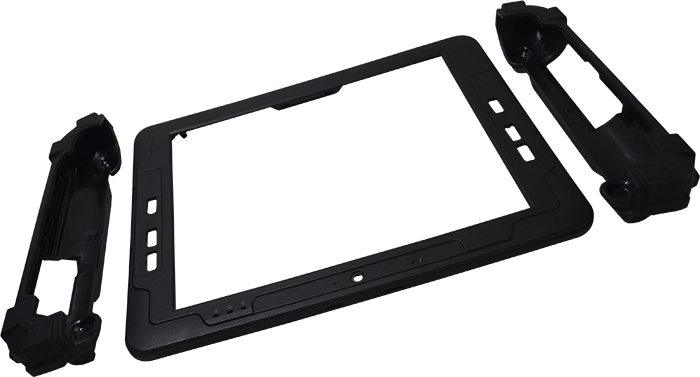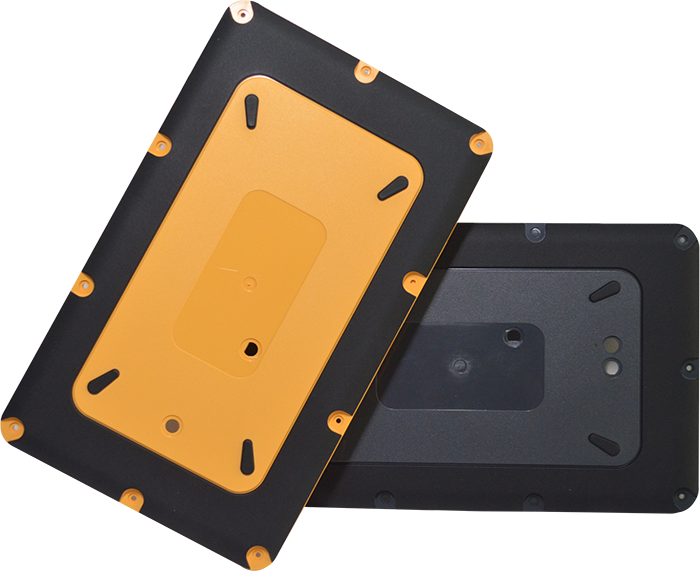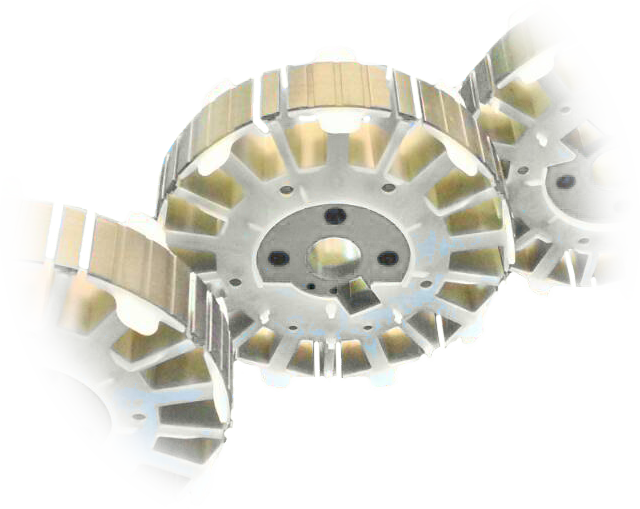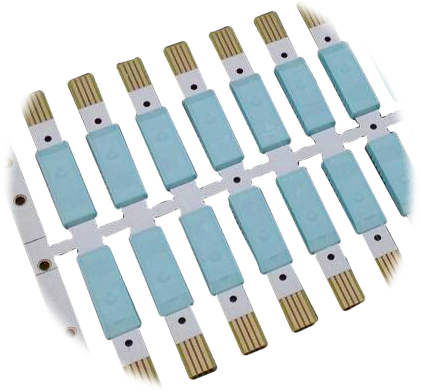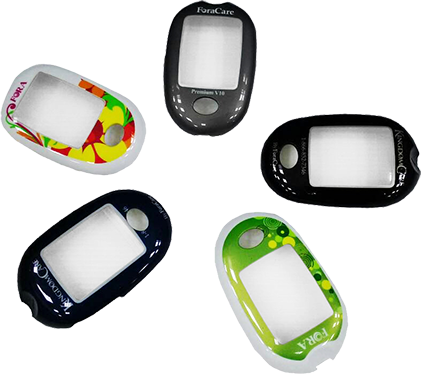Plastic Injection Molding
We Taida are able to handle your plastic-injection molding requirements of a wide variety of industries including medical device, industrical PC, military radio transceiver, autoparts and consumer goods. Our experienced staff understands your requirements. Whether you need engineered resins for extreme environments or molding highly complex, close tolerance production, we will ensure your project succeeds. Regardless of industry, our expertise lies in taking your product to be manufactured in the most efficient and cost effective way.
Single Injection
Taida Precision specializes in thermoplastic injection molding. Materials such as polystyrene(PS), nylon, polyamide(PA), Polucarbonate(PC), ABS, Polyoxymethlene(POM), polypropylene(PP), polythene(PE) etc can be used in injection moulding process.
Cup-Holder
* For Car use
* Plastic Single Injection, Double Injection
* Plastic Raw Material for Single Injection: ABS、POM
* Plastic Raw Material for Double Injection: ABS、TPE
Blood Glucose Monitor
* Medical use
* Plastic Single Injection, Double Injection
* Plastic Raw Material for Single Injection: ABS
* Plastic Raw Material for Double Injection: ABS、PC
Double Injection
The technology of injection molding continues to become increasingly sophisticated.
Up-to-date fabrication technology allows processors to
produce injection molded parts from two different thermoplastic materials.
Two-Shot injection molding is the ability to produce simple to
complex parts comprised of two different polymers and/or
two different colors during one machine cycle.
The materials may differ in polymer type and/or hardness.
By combining these different materials with the ever-improving molding technology in Taida,
complex functional parts can now be produced economically and
efficiently in massive quantities.
Two Shot Molding is ideal for:
Soft touch handles, grips and other components
Multi-color buttons, switches and knobs
Movable segments or components
Caps and enclosures
Back-lit buttons, dials and other instrumentation products
Drop protection
Vibration and noise dampening and isolation
Air/Water seal, shield and protection
Cup-Holder
* For Car use
* Plastic Single Injection, Double Injection
* Plastic Raw Material for Single Injection: ABS、POM
* Plastic Raw Material for Double Injection: ABS、TPE
Blood Glucose Monitor
* Medical use
* Plastic Single Injection, Double Injection
* Plastic Raw Material for Single Injection: ABS
* Plastic Raw Material for Double Injection: ABS、PC
Walki Talki
* Radio for military or police purpose
* Waterproof IP67
* Surface: logo Printing
* Lens with Anti-Reflection and Anti-scratch process
* Plastic Single Injection
* Assembly: Heat staking insert,
Electrical test,Ultrasonic welding, IP test
* Plastic Raw Material: PC+ABS、PC
Industrial PC
* Waterproof IP65
* 10 inch instrial PC
* Plastic Double Injection
* Raw Material for Double Injection: PC+ABS、TPU、TPR
Insert Injection
Typically insert molding, or overmolding, requires accurately placing part(s) made from metal or other suitable materials (referred to as the insert) into the mold, closing the mold and then injecting the plastic into and/or around the insert(s). A typical application would be electrical connectors that incorporate machined metallic pins or sockets into a molded plastic housing. Most insert moldings utilize metal parts, including handles, threaded inserts or electrical contacts. Taida uses both vertical clamp and shuttle type plastic injection molding presses for insert molding applications.
Mold design is particularly important for this type of molding. All of the toolmakers used by Taida have extensive experience designing tools for insert molding. Whenever possible, we mistake-proof the insert and mold designs to prevent press operators from incorrectly installing parts in the mold. Our mold designers take into account the maximum material conditions of the insert on one hand and still insure a flash-free molding when inserts are received at less than the maximum material condition. Frequently, Taida uses its molding experience and expertise to make recommendations and incorporate them into the product design.
IMF
The process of in-mold decorating a plastic component consists essentially of 4 stages:
Printing, Forming, Cutting and Molding.
Printing: The printing operation is used to create the decorative appearance of the product. While a variety of standard technologies can be used for this stage, silk screen printing is most commonly used.
Forming: The forming process converts the fl at 2D-printed image into a 3D part which is sometimes referred to as a formed appliqué. This process is sometimes referred to as ‘thermo-forming’ which is a catchall term to include vacuum forming,hydro forming and high pressure forming. In all three of these techniques, the fl at printed image is shaped over or into a tool using negative or positive pressure. The tool can be either male or female, and each type has its own advantages and disadvantages.
Cutting/ Trimming: Cutting of the 3D fi lm may be performed before or after the molding operation depending on a number of factors and usually specifi ed by the IMD supplier.
Molding/Injection: The IMD foil(s) is then placed in the cavity of the mold tool and the required resin is injected behind it. The foil can be manually or robotically placed into the tool depending on the volume required and the need for a fast cycle time. The molding process itself will almost certainly have to be optimized to suit the foil. Since all IMD techniques are intended to create cosmetically attractive parts, it will be clear that care in handling of the product is a key issue.
Advantages:
• Suitable for small to medium-sized product.
• Design Flexibility allows customers to express their personalities while the products are easily manufactured.
• Multiple colors, effects and textures with a single operation that are complete when the part comes out of the mold.
• Legend/graphics wear is almost indestructible with second surface printing.
• A cost effective solution over alternative decorating techniques.
• Changing legends / languages / graphics is very easy by simply changing the printing.
•Only pre-processing (vacuum forming) needed, but no post-processing.


